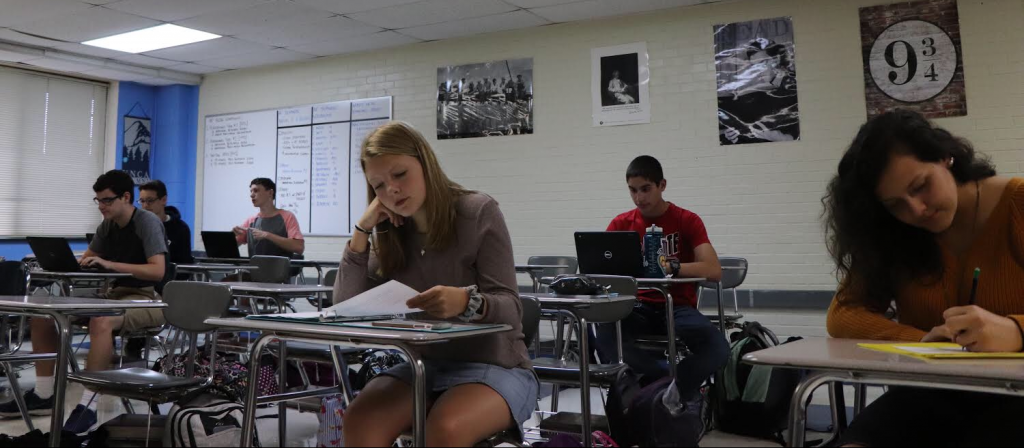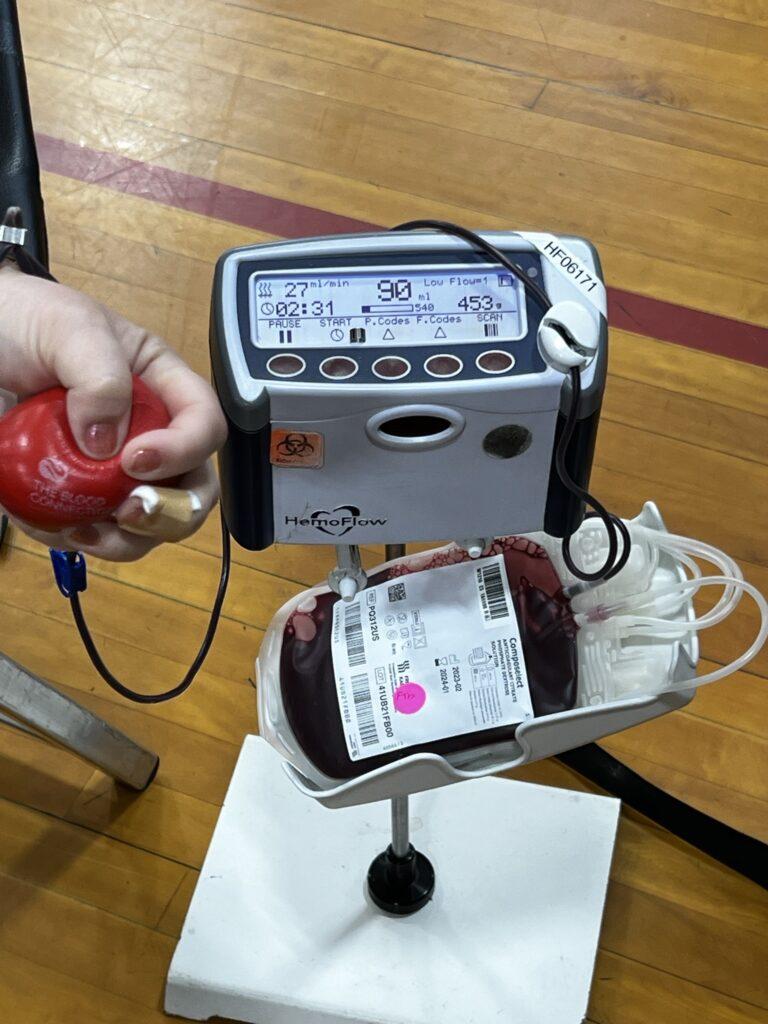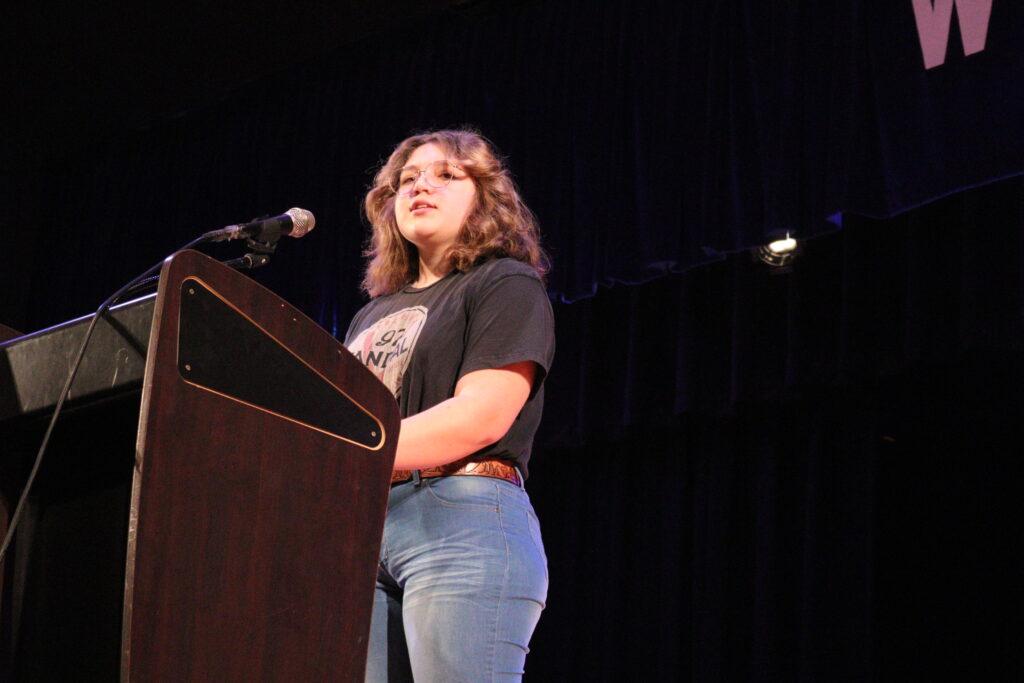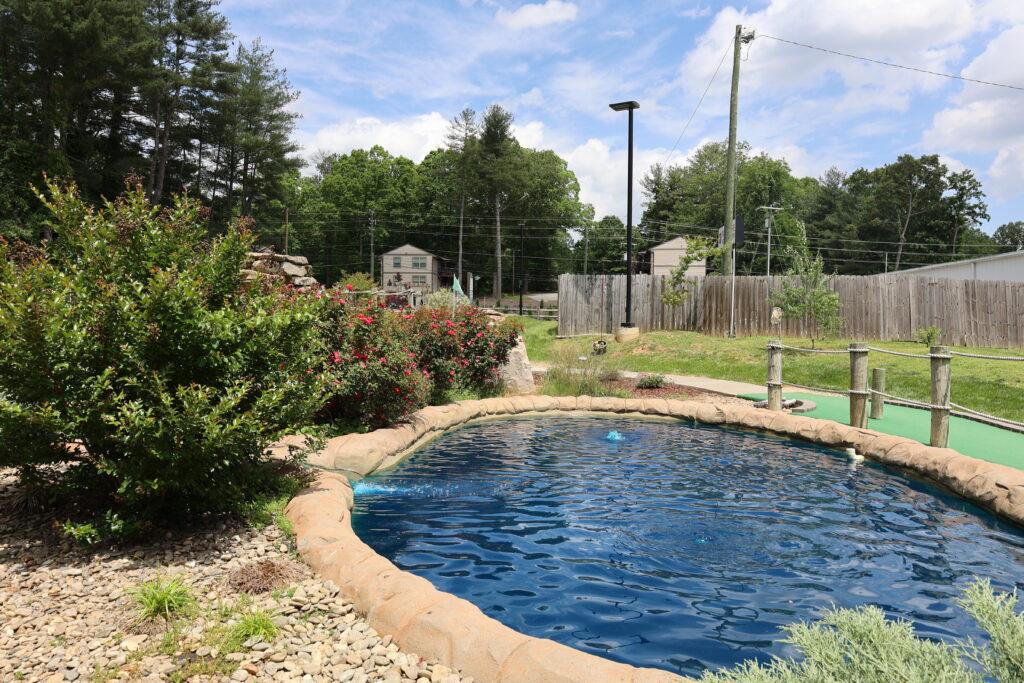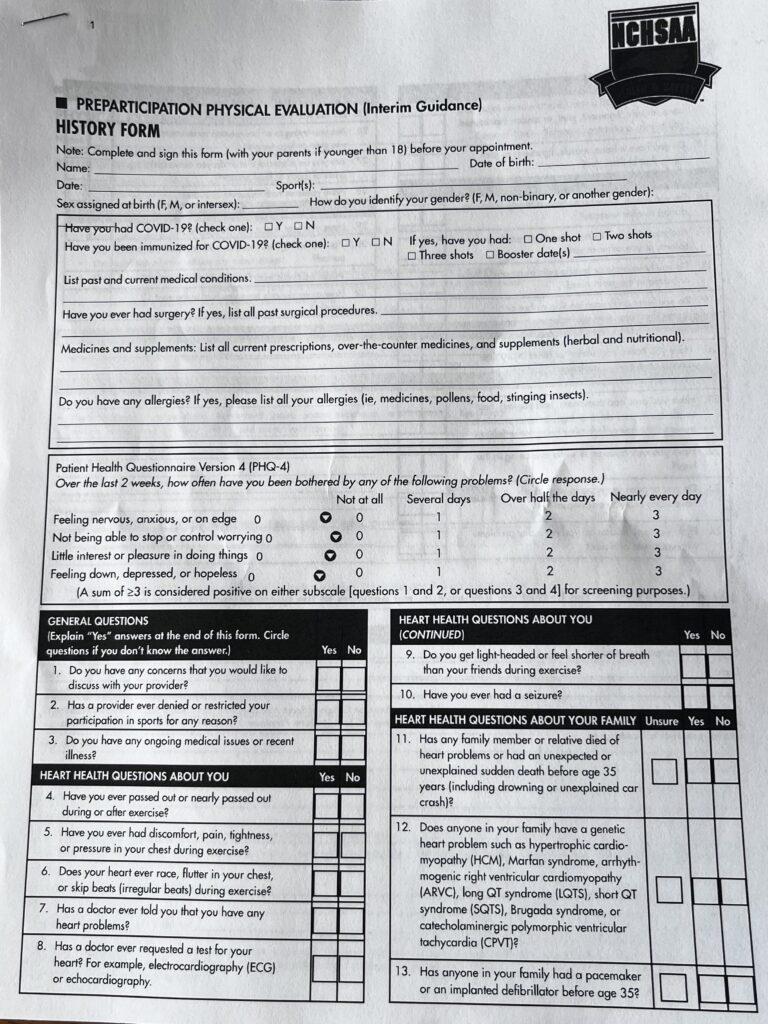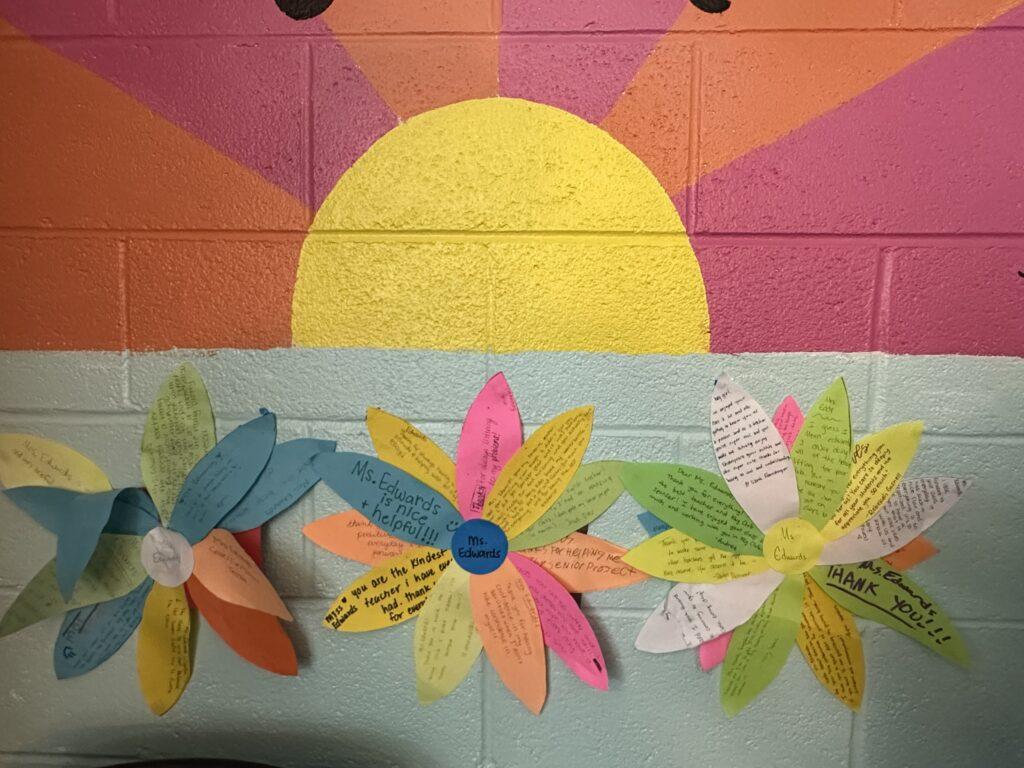Despite national trends, public school enrollment in Henderson County is declining. Moreover, this is not an isolated issue. Many public schools above the Sun Belt are experiencing a decline in student enrollment due to limited funding, an increased enrollment in charter schools and homeschooling programs, and a migration of families to the south of the country.
Being primary government funding, there is only so much public schools can do for students. Over half of public school funds come from the property tax of its community, which causes wealthier areas to have more money per student. Students who aren’t being properly provided for are inclined to transfer to other communities, only causing more financial decline to impoverished communities. According to schoolmint.com, the average national annual salary of a teacher is $56,3834, while the average national cost of one student equating is $12,5094. This means that about every five students that exit a district could cost the district one teacher’s job, creating a negative feedback loop of financial decline.
This issue exists not only between states, but between school districts, and even different schools in those districts.
“In 1998, for example, the state with the highest average level of public school funding (adjusted for differences in cost of living) was New Jersey, with an annual funding rate of $8,801 per student, whereas the state with the lowest average level was Utah, with a yearly rate of $3,804 per student,” said Bruce Biddle, professor of Psychology and of Sociology at the University of Missouri, and David Berliner, Professor of Psychology in Education at Arizona State University. “This means that the typical student attending a public school in New Jersey was provided more than twice the fiscal resources allocated to his or her counterpart in Utah.”
As public schools scattered across the country continue to lose students, enrollment rates of charter schools and homeschooling programs stay consistently increasing. Charter school enrollment rates, tracked by publiccharters.org, have nearly tripled in the last decade. With an estimated 3.1 million students and over 100 schools each in 17 states, enrollment will likely continue to increase. The opposite it true for public schools; the National Center for Education Statistics (NCES) predicts 18 states will see public school enrollment declines over the next few years. Most of those declines will be concentrated in the Midwest and New England.
This proves to be a point of contention between the two parties, fueled partly by a teachers union-funded report from Los Angeles on charter schools, which claimed that they are receiving money which would have otherwise gone to public schools
“The growth of charters is putting pressure on the district. The district can’t do what it did in the past and come out ahead,” said Eric Hanushek, a Senior Fellow at the Hoover Institution of Stanford University. “They can try to compete for the students or sell off the buildings. But the point is: Charters look attractive to parents, which means that the district is not attractive.”
Although it may seem that public schools are in crisis, most of the enrollment decline is taking place in the northern half of the country. As early as the 1970s, there has been a national trend of increases migration to the Sun Belt, a region that encompasses the southernmost states in the country including parts of western NC.
This trend has been caused by growing economic opportunities in the housing and manufacturing industries; coupled with a warm, sunny climate and an economy fueled by tourism year-round, this area has become incredibly attractive to families.
“Demand for housing increased across the United States in the postwar period, but it is possible that the housing supply was more easily increased in the South and the Sunbelt, either due to more permissive permitting or greater availability of land,” said Edward Glaeser, Professor of Economics at Harvard. “There is evidence for abundant permitting in some Southern metropolitan areas. For instance, in 2005, three of the top five permit-issuing metropolitan areas were Atlanta, Dallas, and Houston. The fact that the South and the Sunbelt are less densely populated than other areas of the United States, and thus simply have more space to construct new homes, could have also contributed to the increase in housing supply in these areas.”
Schools who are negatively affected by this migration are falling back to other ways to attract students. Located near the border of the Sun Belt, Henderson County is also unable to benefit from most of this migration, but is using some of these strategies.
With the important role technology plays in our society, it only makes sense that public schools use it to attract students. From updating their websites to creating and maintaining a social media presence, schools are aiming to catch the attention of parents who have lived most of their lives with internet.
“Charter schools are good at recruiting, while public schools have always waited for students to come to them,” says Kansas City district spokesperson Eileen Houston-Stewart. “There are a limited number of kids, and people are fighting for these kids. We have to become competitive with those who are out there.”
By: Nathan Turpin, News Editor

